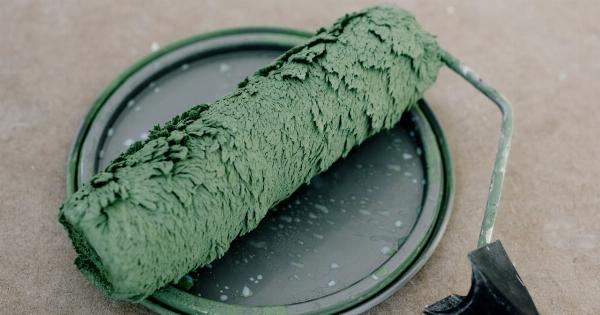For years, people have been using hair dye to enhance the color of their hair and hide the signs of graying.
But in recent years, questions have been raised about whether hair dyes could be harmful to our health, and specifically whether they could increase our risk of cancer.
The types of hair dyes
There are two main types of hair dye: temporary and permanent. Temporary hair dyes are designed to wash out after a few washes, while permanent hair dyes are designed to last longer and can completely change the color of your hair.
Most people who regularly dye their hair use permanent hair dyes.
Chemicals in hair dyes
Hair dyes contain a range of chemicals, including ammonia and peroxide, which can cause damage to hair and scalp.
But it’s the presence of a group of chemicals called aromatic amines that has raised the most concern about the cancer risk of using hair dyes.
These chemicals are known to be carcinogenic, or cancer-causing, in high doses. However, the potential harm caused by the low levels of these chemicals that are present in hair dyes is still being studied.
The link between hair dye and cancer risk
Several studies have looked at the link between hair dye use and cancer risk. Some studies have suggested that women who use permanent hair dyes regularly may have an increased risk of certain types of cancer, such as bladder cancer and breast cancer.
However, the evidence is not conclusive, and other studies have found no significant increase in cancer risk among hair dye users.
It’s also worth noting that the types of hair dyes used in earlier decades contained higher levels of carcinogenic chemicals than the hair dyes available today.
Reducing your risk
If you are worried about the potential cancer risk of using hair dyes, there are several steps you can take to reduce your risk:.
- Use hair dyes less frequently
- Choose hair dyes with the lowest possible concentration of aromatic amines
- Follow the instructions carefully when using hair dyes
- Wear gloves and avoid prolonged skin contact with hair dye
- Avoid using hair dyes if you have an open cut or wound on your scalp
- Avoid inhaling hair dye fumes
The bottom line
While the link between hair dye use and cancer risk is not yet clear, it’s worth taking precautionary measures if you regularly use hair dyes.
Reducing the frequency of use, choosing low-concentration hair dyes, and following safety instructions can help minimize the potential risks.





























